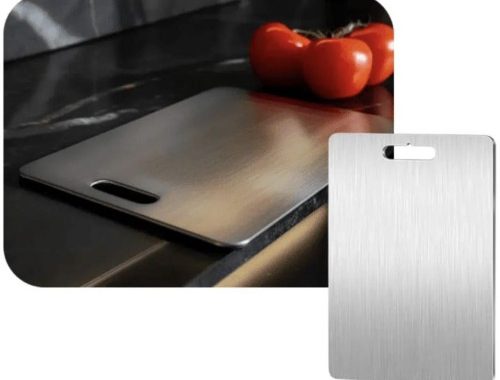
THINGS YOU NEED TO KNOW WHEN CHOOSING BAKING FLOUR
You may have experienced flour analysis paralysis if you’ve ever visited a specialty bakery store. It may be hard to pick the right wheat flour variety because so many are available.
You must know what to search for to aid in your decision. You can make sense of the wide variety available by knowing your flour’s protein concentration, hardness, and extraction rate.
Wheat variety determines how to use it.
The milling technique of wheat kernels into flour produces all types of wheat flour. However, not all wheat kernels are created equal. There are a lot of distinct wheat cultivars. Bakers and chefs will be most interested in two particular characteristics when differentiating between various wheat varieties:
- Protein content
- The hardness of the kernel
Protein content
To make good, fluffy bread or pasta, you need wheat flour such as Spelt flour with high protein content. The dough may be pulled and stretched thanks to the proteins in gluten. On the other hand, if you’re constructing a delicate tart shell or baking a cake, you don’t want any gluten to form; therefore, you need low-protein flour.
Hardness
a lot of pressure is applied to wheat grains during milling to ensure that wheat grains shatter into smaller pieces. It takes a lot of grinding to break some types of wheat, which are very hard. Others can be broken and thus milled more quickly since they are softer.
Wheat kernels whose breaking is more difficult are more likely to damage their starch granules. In comparison to intact starch, damaged starch absorbs water more quickly. This may be desirable in bread but not in cakes. Because of this, cakes typically call for softer flours, but bread benefits from using harder flours.
Processing alters how flour behaves.
Nevertheless, we cannot explain all the differences between all available flour variants by wheat variety alone. Before wheat is converted into flour, manufacturers must first grind it via several roller mills, sieves, etc. Manufacturers can adjust several variables that affect the characteristics of the flour, including:
- Extraction rate (whole wheat vs. white flour)
- Bleaching
- Fineness
Extraction rate
While the endosperm is present in all flours, the bran and germ can be removed by sieving (partially). The extraction rate specifies precisely how much is sieved out. In whole wheat flour, 95–100% of the wheat is extracted. In other words, the amount of bran, germ, and endosperm is the same as it would have been in the original grain. On the other hand, white flour typically has an extraction rate of about 75%. Neither the germ nor the bran is present.
Particle size
Depending on the intended use, manufacturers could choose to mill flour more finely. For instance, flours used for baking cakes typically have a finer grind than flours used for making bread.
Bleaching
bleaching whitens a flour’s color. It also helps the flour retain its freshness for longer by postponing oxidation and developing bad flavors.
conclusion
Despite the perplexing names and terminology, you may find your ideal flour once you know which kind you require and how it is processed.





